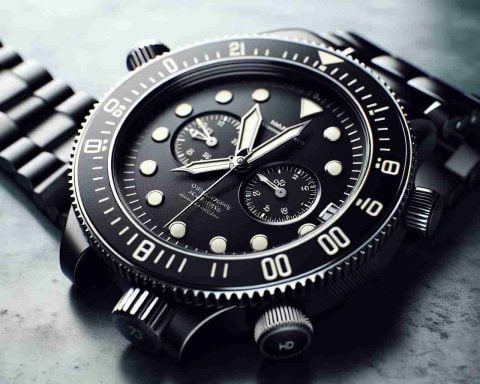The Lockheed F-117 Nighthawk has always intrigued aviation enthusiasts with its mystique and mislabeling. This trailblazer in stealth technology, often referred to erroneously as a “stealth fighter,” was actually far from a traditional aerial combat machine. Operating covertly for several years before its public exposure in 1988, this groundbreaking aircraft served a very different purpose than its nickname suggests.
Born for Secrecy: The Nighthawk flew under the radar, both literally and figuratively, for seven years, performing precision ground attacks while remaining hidden from public knowledge. Despite being tagged as a fighter, the F-117 lacked the radar and armament typical of air-to-air combat aircraft, focusing instead on stealth to penetrate enemy defenses.
The Misleading Label: While the world came to know it as a fighter, the F-117’s true role was to strike ground targets with surgical precision. The designation “F” usually implies fighter capabilities, yet the Nighthawk was more in line with an attack aircraft — a fact obscured by its strategic branding as a stealth marvel.
As rumors and theories floated about its air superiority potential, Lockheed once pitched the F-117N Seahawk, a proposed variant with air-to-air weapons. Nonetheless, this concept never took flight as an official overhaul. In the aviation world, the Nighthawk’s essence remains as a pioneer stealth attacker, setting the stage for future innovations while coloring its legacy with intrigue and misunderstanding.
The Hidden Legacy of the F-117 Nighthawk: Beyond the Myths
The Lockheed F-117 Nighthawk remains a fascinating topic in aviation history, shrouded in both innovation and misconception. As a pioneer in stealth technology, this aircraft defied conventional labels and shook the foundations of military aviation strategy.
Innovations in Stealth Technology
The F-117 Nighthawk was the first operational aircraft explicitly designed around stealth capabilities. Utilizing advanced radar-absorbent materials and unconventional shapes, the Nighthawk effectively minimized its radar cross-section, allowing it to carry out missions under the cover of darkness and evading enemy detection systems. This innovation marked a significant shift in aerial combat and strategic military planning, paving the way for future stealth aircraft such as the B-2 Spirit and the F-22 Raptor.
Use Cases: Precision Strikes in Conflict Zones
During its operational years, the F-117 was primarily used in precision ground attack missions, demonstrating its exceptional capabilities during conflicts like the Gulf War. Emphasized for its ability to navigate dense air defense systems, the Nighthawk played a critical role in demolishing key targets with surprising accuracy. Its design allowed for deep penetration into enemy territory while minimizing the exposure to hostile threats.
Limitations and Myths
Despite its groundbreaking design, the F-117 had operational limitations. The lack of in-flight refueling capabilities and limited payload capacity posed challenges, restricting its mission scope compared to other aircraft. Notably, the F-117 was often mislabeled as a “fighter,” due to its “F” designation, leading to myths about its dogfighting abilities. In reality, it was not equipped for air-to-air combat, focusing solely on precision bombing.
Retrospective Trends and Legacy
Even after its retirement in 2008, the F-117 continues to influence aviation design and strategy. Its legacy prompts ongoing discussions about the balance between stealth, firepower, and versatility in modern military aviation. As stealth technology evolves, the fundamental principles that the Nighthawk demonstrated remain relevant, guiding future aviation developments.
Future Predictions in Stealth Aviation
Experts predict advancements in sensor and radar technologies that might reduce the stealth advantage; however, improved stealth designs are continuously being researched. There is also an increasing focus on unmanned stealth aircraft, aiming to combine the Nighthawk’s pioneering attributes with autonomous operational capabilities.
For more information on modern stealth technology and advancements, visit Lockheed Martin.


















